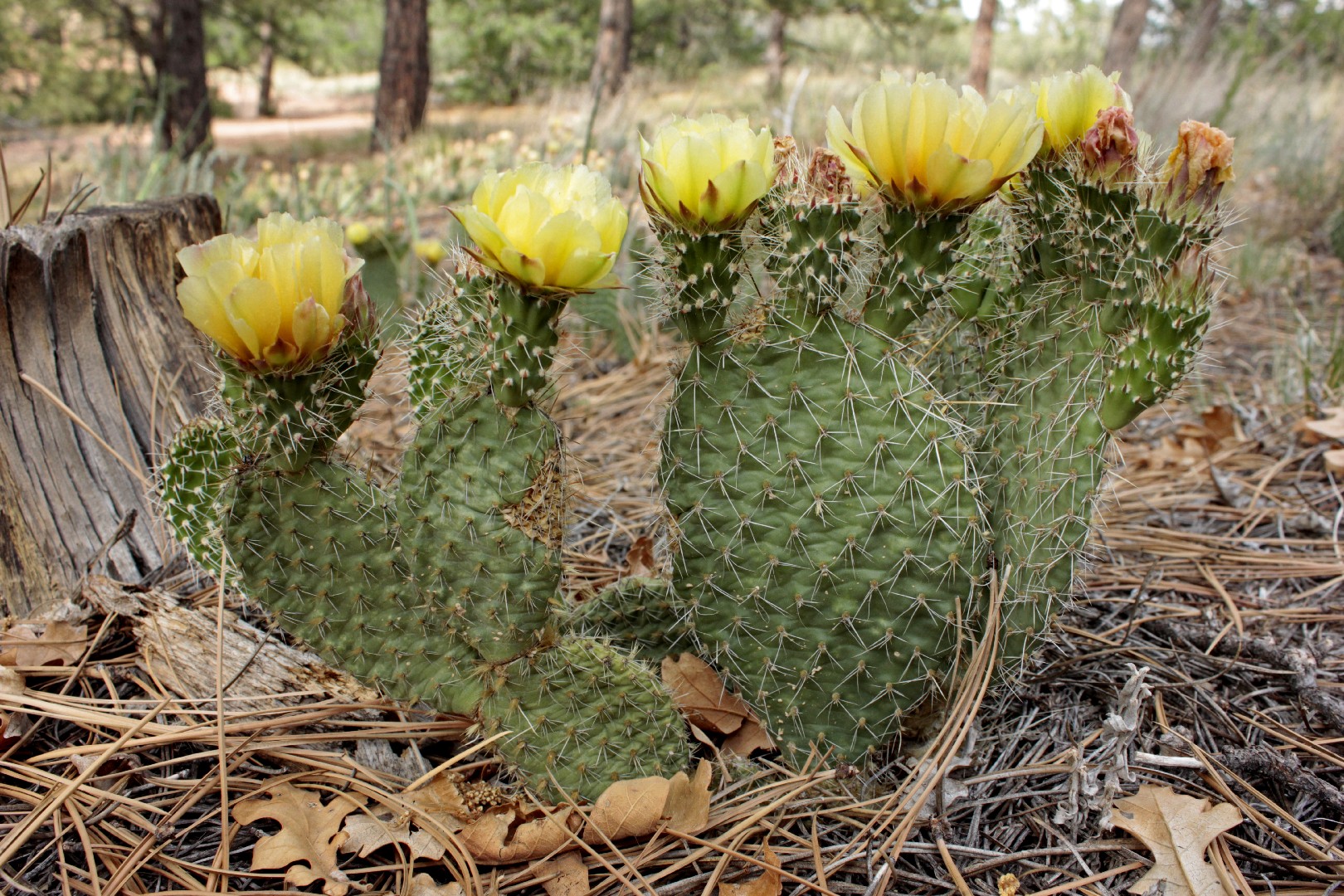Following an extended winter, the gradual lengthening of days and the ascent of temperatures mark the onset of a transformative period. Almost instantaneously, plants rouse from their winter slumber, unfurling vibrant blooms. Yet, the mechanism by which plants discern this shift in seasons poses an intriguing inquiry.
Two pivotal elements, light and temperature, synergistically orchestrate this transition. Their interplay orchestrates a transformation in plant growth by influencing the circadian clock—an intrinsic chronometer that empowers plants to premeditate diurnal and seasonal fluctuations.
Plants, Like Humans, Have an Internal Clock
Within humans, the circadian clock governs a spectrum of vital functions encompassing sleep-wake cycles, metabolic rhythms, hormonal fluctuations, and even core body temperature. This intricate orchestration explains the phenomenon of “jet lag” encountered upon traversing time zones—our 24-hour biological timepiece necessitates recalibration.
In the plant realm, the circadian clock exercises command over enzymatic processes, leaf motility, and a plethora of growth and developmental facets, embracing reproduction, the unfurling of flowers, and the synthesis of fragrances. This internal timekeeper holds sway over the plant’s ability to discern the changing seasons and strategically time its flowering for efficacious reproduction.
Spanning across the spectrum of organisms, the circadian clock fuels oscillations in gene expression that cycle approximately every twenty-four hours. Genes within an organism function akin to intricate blueprints, guiding the creation of all the proteins requisite for cellular growth and maturation, thereby ensuring the organism’s development and function.
Bloom Now or Later?
The plant faces the intricate task of harmonizing multiple factors—such as light quality, day length, temperature, water and nutrient levels, and the presence of pollinators—to precisely orchestrate the floral transition. This transition marks the pivotal shift from vegetative growth to reproductive growth. The timing of this transition holds paramount significance, as the flower, adorned with its vibrant petals, stamens (the male pollen-producing organs), and carpels (the female fruit- and seed-producing organs), constitutes a fragile structure susceptible to damage.
Should the plant embark on blooming prematurely within the season, it exposes itself to the perils of frosty temperatures or a paucity of biomass capable of sustaining an ample array of blossoms. Conversely, should the flowering arrive belatedly in the season, the plant runs the risk of being unable to successfully culminate its reproductive sequence. However, the scenario takes an intriguing twist in the backdrop of climate change, where ascending average winter temperatures nudge plants to blossom progressively earlier in the seasonal calendar. One noteworthy contributor to this accelerated flowering is the “Evening Complex (EC),” a robust suppressor of both growth and flowering processes.
Evening Complex in Plant Circadian Rhythms

At the heart of the plant’s circadian clock, the evening complex emerges as an indispensable element. True to its name, this complex becomes active during the nighttime hours, governing a multitude of genes crucial for both the operation of the circadian clock and the plant’s overall development. Comprising three distinct proteins that interact in harmony, this complex forms an operational assembly that enforces inhibition upon growth and flowering genes.
These proteins come into existence within plant cells at dusk, and their interaction culminates in the formation of an intricate bond with the DNA present in every expressing cell. This interaction initiates a phase of “repressed” plant growth throughout the night. With the arrival of daylight, the expression of these complex proteins diminishes, allowing the genes previously inhibited during the night to be fully expressed, thus stimulating plant growth. As evening descends, the production of the three proteins resumes, perpetuating the cycle of the twenty-four-hour circadian clock.
Beyond its role in circadian regulation, the evening complex serves as a finely tuned thermometer, adept at recalibrating clock functions and shaping plant development in direct response to variations in temperature.
The evening complex showcases remarkable sensitivity, capable of discerning subtle temperature fluctuations spanning just a few degrees. In response to these nuances, it orchestrates adjustments in plant growth patterns. Operating as a molecular thermostat, the evening complex displays a propensity for binding to DNA at lower temperatures, typically within the range of 15°C to 20°C. However, as the temperature surges upward, its ability to assemble onto DNA in an active configuration diminishes.
This thermally guided modulation leads to a scenario where genes critical for growth and development persist in the “on” state even during the warmth of the night. This phenomenon translates into an accelerated growth trajectory and an advancement in the onset of flowering.
How Does It Work?

The evening complex operates with precision to counteract a crucial protein that plays a role in both growth and flowering. However, its inhibitory effectiveness weakens when exposed to higher temperatures. Consequently, this pivotal protein, often referred to as “florigen,” takes on the primary role of triggering the flowering process in response to elevated warmth. Florigen activates the expression of the flowering gene.
The exploration into the intricate mechanisms underlying the dual functions of the evening complex—circadian regulation and temperature perception—has revealed an elaborate choreography. Investigations have delved into the assembly, molecular recognition, and functional operations of this complex on DNA.
Research has shed light on the delicate interaction between the protein trio within the evening complex. Remarkably, one member of this trio, named “LUX,” directly interacts with DNA through a specific arrangement of amino acids. This arrangement forms a three-dimensional configuration capable of identifying a distinct DNA sequence within the plant’s genome. LUX acts as a conduit, bringing its two counterparts into proximity with the DNA.
Using X-ray analysis at the Grenoble synchrotron, the precise three-dimensional structure of LUX when intertwined with DNA was deciphered. This unique structural arrangement enables LUX to accurately locate and identify a short DNA sequence consisting of only six base pairs within an impressive genome containing 135,000,000 base pairs.
Analogous to solving a puzzle, LUX collaborates with the other two proteins to encircle this specific DNA sequence, thereby inhibiting the expression of adjacent genes. Intriguingly, these recruited proteins play distinct roles: while one reduces LUX’s affinity for DNA, the other reinstates this affinity. This balance is contingent on temperature fluctuations.
By making alterations to the amino acid sequence of LUX, the weakening of the bond between the evening complex and DNA was achieved. This genetic mutation resulted in plants exhibiting accelerated growth and earlier flowering, even at lower temperatures. This outcome strongly suggests the possibility of modulating the activity of the evening complex by adjusting the strength of the bond between LUX and DNA. The next challenge involves engineering a mutation that enhances binding stability even at higher temperatures. Such progress would provide a more robust evening complex, making plants less vulnerable to the effects of high temperatures.
The Molecular Mechanisms of Temperature Detection
Numerous cultivated plants exhibit a phenomenon known as “thermomorphogenesis,” where temperature exerts a transformative influence on their structure, developmental trajectory, and overall growth. Notably, higher growth temperatures often culminate in early flowering, an outcome that can ultimately yield reduced biomass, fewer seeds, or smaller fruits.
Over millennia, plants have undergone evolutionary processes in tandem with their surroundings, a meticulous optimization aimed at bolstering their odds of survival through successful seed propagation. Yet, in the face of climate change, the intricate equilibrium between adequate light and a temperature conducive to optimal growth is undergoing swift alterations, outpacing the plants’ capacity to adapt. This disconcerting trend has cast a shadow of uncertainty over food security.
Delving into the mechanics of how temperature cues are intercepted by the plant’s circadian clock reveals a realm of possibilities for reshaping their response to environmental shifts. The prospect of augmenting the DNA-binding prowess of the evening complex emerges as a tantalizing avenue. By potentially decelerating the plant’s internal clock, we could orchestrate an alignment of growth and entry into the reproductive phase with the demands of warmer conditions. Such an intervention holds promise for surmounting the multifaceted challenges presented by the evolving climate landscape and offering a means to sustain stable food production.
References
- Molecular mechanisms of Evening Complex activity in Arabidopsis. Proceedings of the National Academy of Sciences of the United States of America, 117(12), 6901–6909.
